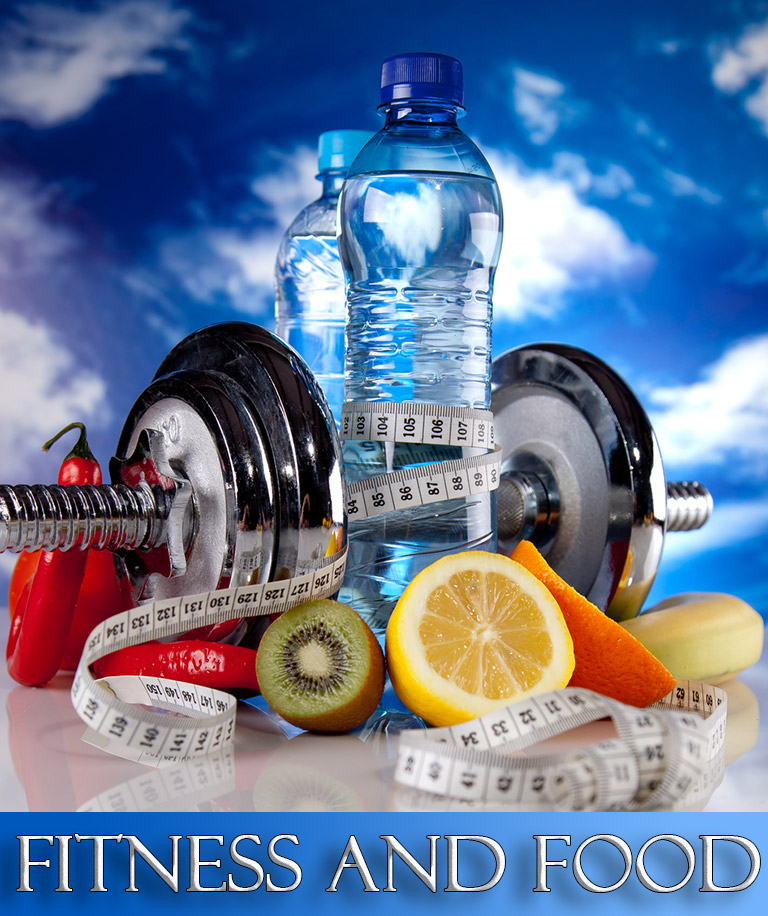
Nutrition is key! Repeat that in your head until your start cooking for tonight’s dinner. Whether you want to lose weight or build muscle, nutrition is what will lead you to success. Indeed, exercising is necessary; but if your nutrition doesn’t match your fitness goal, you will never achieve them. We gives you the beginner’s nutrition plan guide in order to understand the basics of nutrition.
Calories Are The Most Important Metrics In A Beginner’s Nutrition Plan
Before starting any nutrition plan, you first have to learn what are calories and why they have the biggest role in your nutrition. A calorie is a unit of energy, which refers to the foods and drinks we consume every day. These calories help you get energy throughout the day, so you can perform your daily tasks. Moreover, eating enough calories is necessary in fitness if you want to achieve your goals. However, not all calories are equals; see below macro-nutrients ratio (end of the article).
How Many Calories To Consume In Order To Maintain Weight?
Knowing your caloric intake to maintain your weight is the starting point to any fitness goals. From that point, you will be able to increase your caloric intake if you want to build muscle mass or decrease it if you want to lose weight. Keep in mind that we all have different body types and unalike metabolisms, so the scale is your best friend. You will learn how your body works with experience.
Calculate Your BMR (Basal Metabolic Rate)
The BMR is the number that indicates the minimum amount of calories your body requires for the functioning of vital organs (heart, brain, lunges …).

It’s an estimation of how many calories your body will burn at rest. This number is slightly inferior to your caloric maintenance (Remember this is measured at rest; doing nothing -> walking burn more calories).
Adjust Your Caloric Intake According To Your Fitness Goals
Now, you know that your nutrition will be the main factor that make your body change. In fact, the caloric intake for your maintenance (calculated earlier) will vary depending on whether you want to lose weight or build muscle (get toned).
Here are three types of common fitness goals:
- Lose weight: Being able to lose weight starts with what you put on your plates. Losing weight doesn’t mean eating less, it means eating according to your goals (add snacks between your meals). If you want to lose weight, you will have to burn more calories than you consume. Our bodies burn calories while; resting , walking or exercising. So if you want to lose these extra pounds, you have to make sure that you’re burning more calories than you eat; often called caloric deficit. Choose between 200 and 500 calories (weekly) to subtract from your caloric maintenance number, depending on your metabolism. However, it’s recommended to not go beyond 500 calories daily, because it could lead you to a catabolic state (lose muscle tissues).
- Maintain weight: It’s very common to see people, who want to maintain their weight while getting a bit of muscle. A weight maintenance will not make you lose fat fast, nor build muscle quickly. It’s recommended for people who just want to get in shape and feel good on the long run. It’s a long process in order to get results, don’t choose this method if you want quick results.
- Build muscle (get toned): Building lean muscle mass is one of the most popular goals in the fitness community, even for women. This method involves eating more calories than you burn; often called caloric surplus. Consuming more food will allow you to get more energy during your workout, so you will be able to lift heavier and longer; which will stimulate more muscle fibers (muscle growth). You will increase your caloric intake between 200 and 500 calories (weekly), depending on your metabolism. During this process, storing a little bit of fat is inevitable. However you can limit the amount of fat stored, by increasing your caloric intake slowly (e.g. 200 calories instead of 500) and add some cardio exercises to your routine.
Weigh Yourself Every Week
Using your scale is very important during your fitness journey. If you don’t weigh yourself, you will never know what works and what doesn’t work on your body.
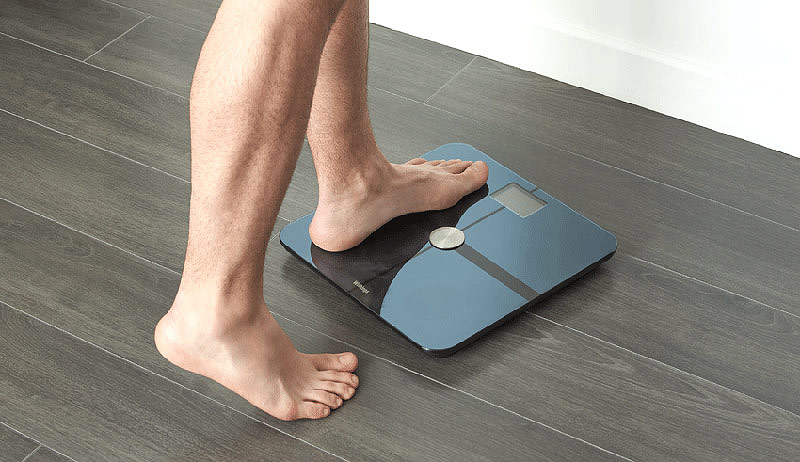
It’s important to weigh yourself in the morning just after waking up (without eating nor drinking). However, weighing yourself every day is not accurate and will probably affect your mind in a bad way instead of providing you motivation.
Calories Intake Examples
Let’s take a look at two examples, so we can more understand what this is about:
Alice wants to lose weight progressively. Her caloric maintenance is: 1900 calories (it’s an example). Let’s say she wants to decrease by 200 calories weekly in order to lose weight; so now she aims for 1700 calories. Her BMR (Basal Metabolic State: calories she burns at rest) is 1500 calories -> 1700 – 1500 = 200 calories. So she just has to burn 200 calories (by walking, running, exercising) in order to lose weight. At the end of the week, she will weight herself, if she lost weight she will keep going with this caloric intake. One week she will not lose weight anymore, so she will either decrease her caloric intake again or burn more calories by exercising.
Jack wants to get lean muscle mass, so he will make a caloric surplus gently. His caloric maintenance is: 2400 calories (it’s an example). He wants to increase his caloric intake of 300 calories weekly; so now he aims for 2700 calories. His BMR is 2200 calories -> 2700 – 2200 = 500 calories. So the 500 calories he has in surplus will allow him to do a more intense workout, so damage more muscle tissue; which will lead to more muscle growth.At the end of the week, he will have to weigh himself. If he is increasing progressively, he could continue with this caloric intake until he hits a plateau. When this happens, he will have to increase his caloric intake again.
What Are Macro-nutrients In A Beginner’s Nutrition Plan?
Macro-nutrients are nutrients that our body needs in large amounts: Carbohydrate, Protein, Fat. These different macro-nutrients have various functions:
- Carbohydrate: This macro-nutrient is what fuels your body. It gives you the energy to go throughout your everyday tasks and helps you get shit done at the gym. Carbs also affects your mood, without them you would always feel down; without energy. Fiber is also a type of carbohydrate.
- Protein: Always considered as the building block of the body; it’s an important building block of bones, skin, cartilage and blood. In fitness, protein allows you to build and repair muscle tissue. If you don’t provide enough protein to your body, you will not be able to build muscle.
- Fat: People tend to see fat as a bad thing. But it exists good fats and bad fats. Good fats are very important to get a healthy body by; improving joint and bone health, lowering blood pressure and improving your cholesterol levels. Plus, fat helps you feel full longer.
Micro-nutrients In A Beginner’s Nutrition Plan?
It’s what our body requires in small amounts in order to be healthy; vitamins and minerals. These nutrients are often present in food that we consider as “healthy”, such as;
- Vegetables
- Beans / Legumes
- Seeds & Nuts
It’s recommended to eat large amounts of these foods. It’s also very important to avoid high-processed foods (foods in boxes, cans and bags), which go through many complex processing steps; because they lack of these micro-nutrients.
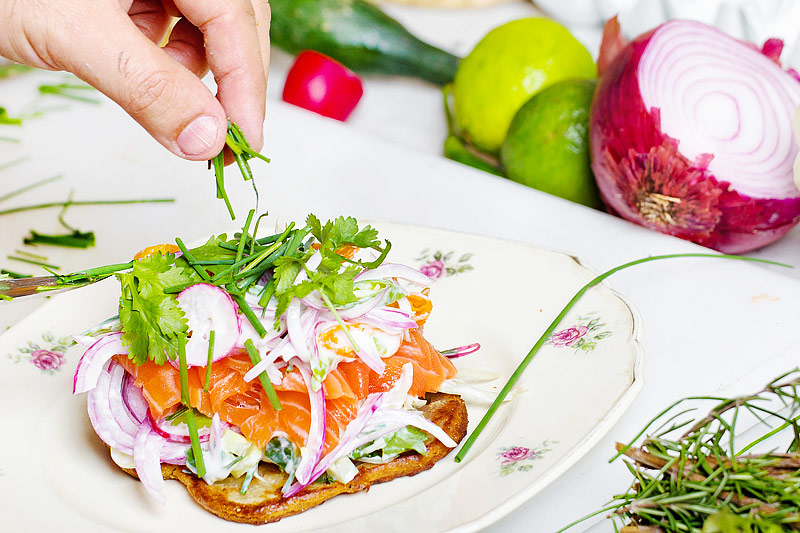
For example, white bread is a high-processed food, which has proven to increase the chance to develop diabetes. Instead of consuming white bread, eat whole wheat bread.
What It Means To Eat Healthy Aka “Eating Clean”?
Nowadays, people think that “eating clean” means only consuming fruits and vegetables. However, they will never be able to reach their fitness goals, because these foods lack of certain macro-nutrients.
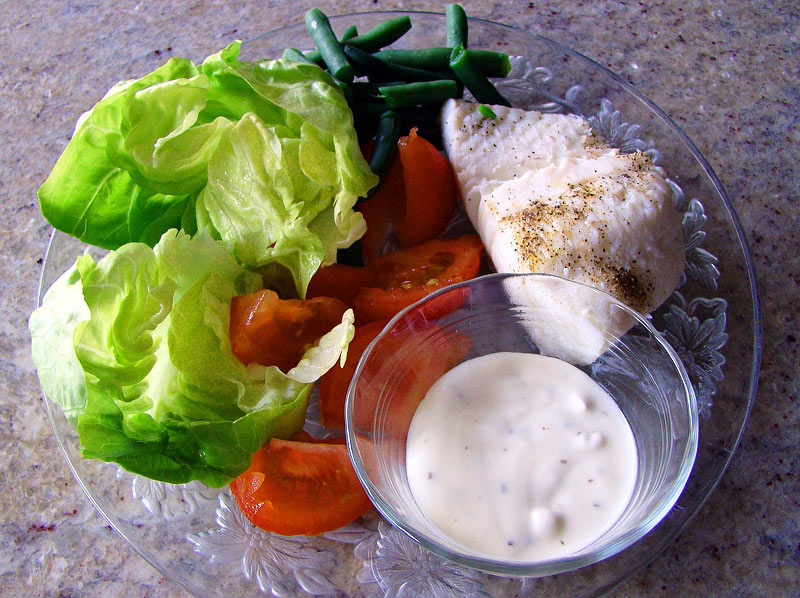
You could eat all the healthy food of the world, but if you don’t hit your daily caloric intake, you won’t achieve your fitness goals. Therefore, think in terms of macro-nutrient ratio first, then choose the healthier options to get these calories. What you put on your plates, will affect your body shape; don’t just eat fruits, otherwise you will never reach your goal.
What Is Macronutrient Ratio?
It’s the percentage of each macronutrient you must consume. For example: Carbohydrates 40% – Protein 40% – Fat 20%.
Conclusion
Here is a little summary of what we’ve just learned:
- Basic nutrition is not rocket science!
- Without a good nutrition, you will never reach your fitness goals.
- Calories are what matters the most; see macro-nutrients ratio.
- Calculate your caloric intake for your weight maintenance.
- Your weight maintenance is the starting point of your nutrition plan.
- Decrease your number of calories by 200-500 weekly in order to lose weight.
- Add snacks between your meals, it allows you to always feel full.
- Increase your caloric intake by 200-500 calories weekly to build muscle (get toned).
- Avoid highly-processed foods and eat healthy foods.
- Eating healthy is good for your body, but you still need to watch your calories.
- You will learn how your body works with experience.
The information on this site is not intended or implied to be a substitute for professional medical advice, diagnosis or treatment. All content, including text,graphics,images and information, contained on or available through this web site is for general information purposes only.


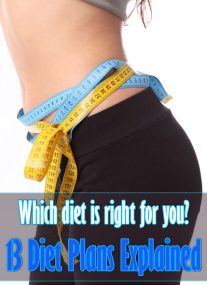

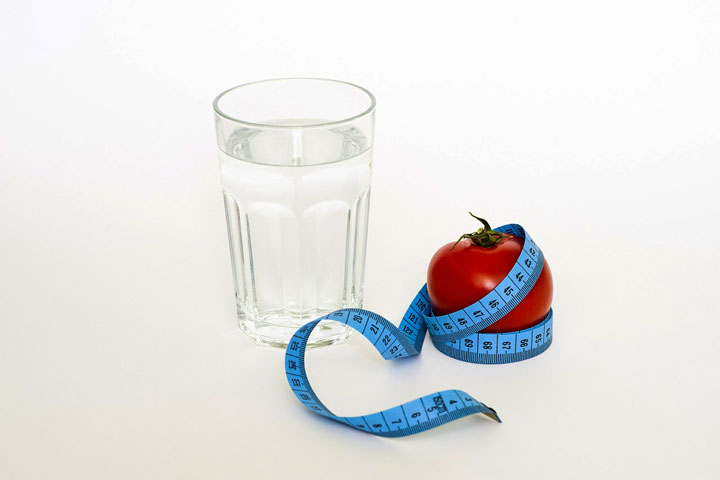
Leave a Reply